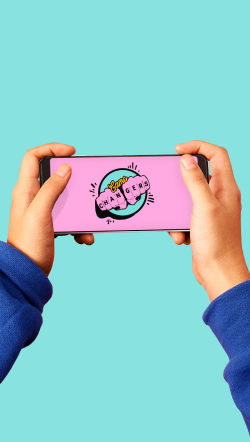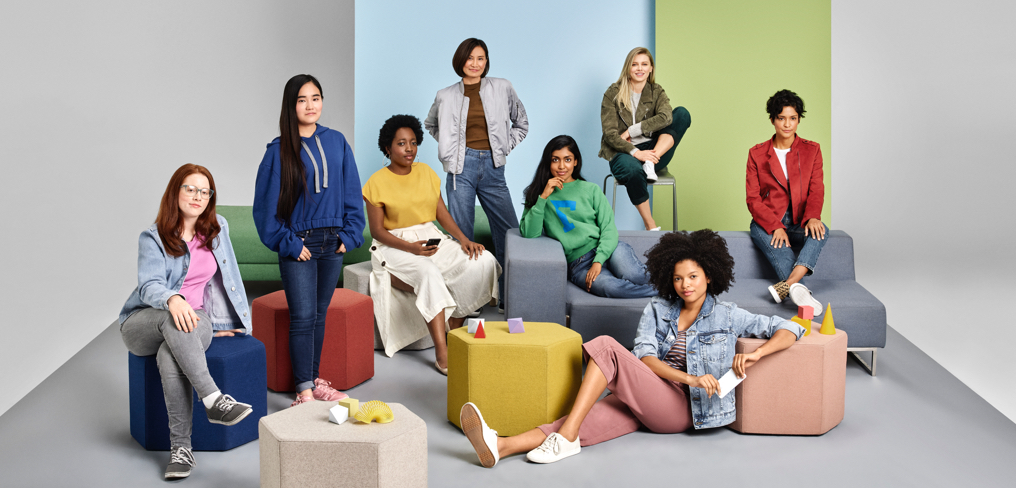Many of the female players we talked to felt misunderstood not only by other players, but also by the industry itself — that their style of gaming is overlooked and often viewed as ‘less serious’.
Many of these women feel that their voices aren’t being fully heard by the industry today:
“I think a lot of the gaming world tends to see women gamers as a lesser species, like we are trying too hard to achieve equality in everything. Companies tend to see female gamers as an afterthought — like we are still a minority in the industry, when in fact we make up almost half the demographic these days.”
– Lauren, 26, UK
Plays The Room (Mobile) and Red Dead Redemption 2 (PS4)
“I think it’s important to take the feelings and opinions of women into consideration when making a game to make the gaming world more welcoming to women. I think there are many kinds of games to choose from, however there is still this stereotype that only men play games, which makes it hard to talk about this hobby with other people as a woman. I think there is a need to create more games that both men and women can enjoy.”
– Yukari, 21, Japan
Plays Pokemon Go (Mobile) and Monster Hunter (PS4)
This frequently translates into lower engagement and inclination to spend. In mobile gaming, female buyers currently account for only 39% of total buyers and tend to spend less than male buyers (ARPPU is 65% lower), despite making nearly half of the players. Just by closing those gaps and driving more meaningful engagement, the mobile gaming category spend could grow further by 44%.
– Source:
Google Play Internal Data & Estimations







